Harriet Bisbee Camellia Japonica – 3 Gallon Pot
$89.97 Original price was: $89.97.$62.98Current price is: $62.98.
SKU: D2LSC 707998275 Categories: Camellias, Camellias With Double Flowers
- Protect Your Information, Shop with Safe Payments
- Friendly, efficient service, always online.
- Secure Shopping with Safe Payments
- Buy with confidence, backed by quality.

Harriet Bisbee Camellia
Camellia japonica ‘Harriet Bisbee’
Plant Details
USDA Plant Hardiness Zones: 7a-9b (10?) Find Your Zone
Plant Type: Evergreen Flowering Shrub
Species: Japonica (Winter, Spring blooming)
Height at Maturity: 8-12′ depending on pruning
Width at Maturity: 6-10′ depending on pruning
Spacing: 5-6′ for solid hedge; 14’+ for space between plants
Flower Color: Soft Blush Pink to Near White
Flower Size: 4-5″
Flowering Period: Late Winter, Early Spring
Flower Type: Fully Double / Peony
Fragrant Flowers: No
Foliage Color: Dark Green
Fragrant Foliage: No
Berries: No
Berry Color: NA
Sun Needs: Morning Sun with Afternoon Shade or Filtered Sun, All Day Filtered Sun
Water Needs: Average, Low when established
Soil Type: Clay (well-drained), Loam, Sandy, Silt
Soil Moisture / Drainage: Moist But Well-Drained; does not like constantly wet feet!
Soil pH: 5.0 – 6.5 (Acid)
Maintenance / Care: Low
Attracts: Visual Attention
Resistances: Deer – more info, Drought (when established), Heat, Humidity
Intolerances: Direct Afternoon Sun, Constantly Soggy Soil
Description
The Harriet Bisbee Camellia is a very rare beauty originally discovered as a 9 year old chance seedling by Frank D. Bisbee of Jacksonville, Florida when it first bloomed in 1962. In late winter to early spring she produces abundant, large, formal double flowers with blush-pink petals that curve up like a water lily. The absolutely gorgeous flowers are excellent for cutting and display in a vase, or float just one in a bowl of water. An upright grower 8 to 12 feet tall and 6 to 10 feet wide, Harriet Bisbee is a rapid grower for a camellia. She’ll naturally branch to the ground or lower branches can be removed to form a magnificent small tree for use as a focal point specimen in partially shaded landscape or woodland borders and home foundation plantings.
Landscape & Garden Uses
Growing 8 to 12 feet tall and 6 to 10 feet wide depending on pruning, the Harriet Bisbee Camellia can be grown as a large shrub or small tree. As a shrub it is ideal for use as a specimen, in groupings or as a hedge or background plant in partially shaded landscape or woodland borders and is especially nice as a corner plant or espalier (trained to grow flat against a wall) in home foundation plantings. As the plant grows taller, lower branches can be removed to form a small tree that serves well as an attractive and colorful specimen in landscape borders and home foundation plantings. A fine selection for camellia gardens, pink theme gardens, cottage gardens, cut flower gardens and woodland borders.
Suggested Spacing: 5 to 6 feet apart for solid hedge; 14 feet or more apart for space between plants
Growing Preferences
Camellia adapt well to various soil types however prefer a moist but well-drained acidic soil that is rich in organic matter. Constantly soggy or wet soil is a slow killer. In general, Camellia grows and blooms better in partial shade with shelter from the hot afternoon sun. Morning sun with afternoon shade or filtered sunlight is perfect. All-day filtered sun is fine. Good drought tolerance when established.
Helpful Articles
Click on a link below to find helpful advice from our experts on how to plant and care for Camellias.
Planting Camellias
Pruning Camellias
How To Fertilize & Water Camellias
How To Espalier Plants & Trees
*Espalier (pronounced: ih-spal-yay) …an ornamental shrub or tree that has been trained to grow flat against a wall, fence, or other vertical, flat surface.
Plant Long & Prosper!
Questions? Contact Us
Be the first to review “Harriet Bisbee Camellia Japonica – 3 Gallon Pot” Cancel reply
Related products
Sale!
Sale!
Sale!
Sale!
Camellias
Sale!
Sale!
Sale!
Sale!



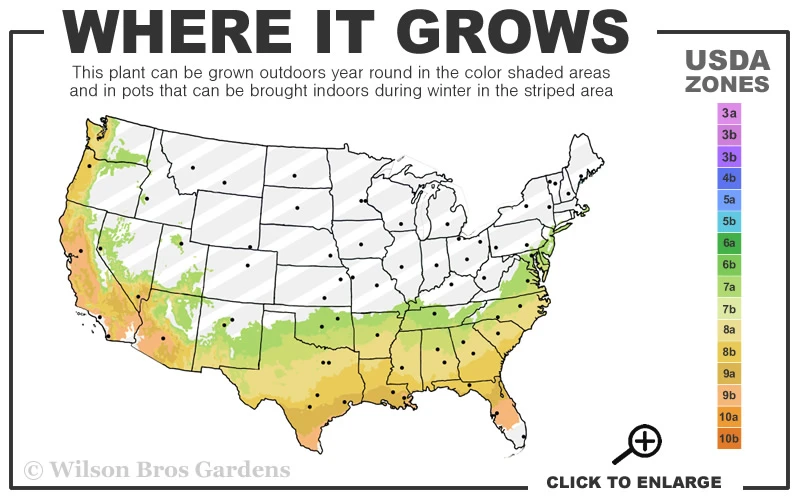



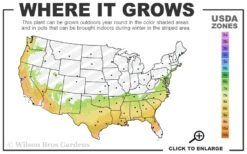





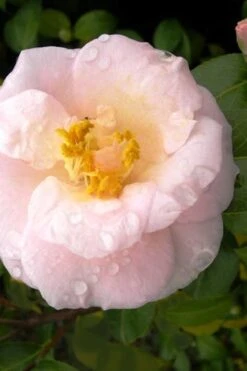

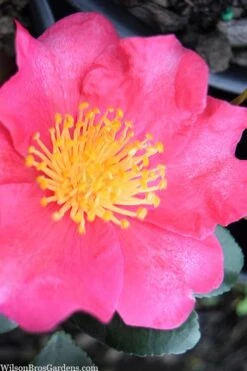
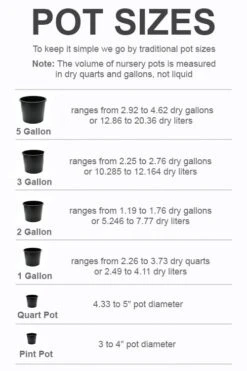
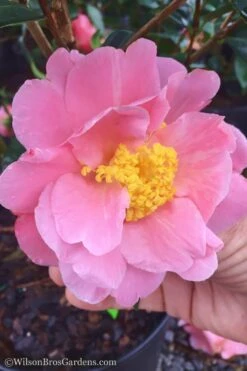





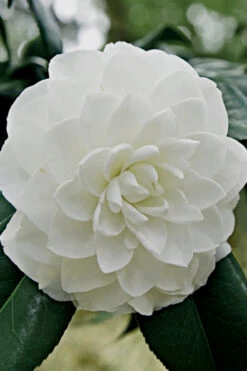
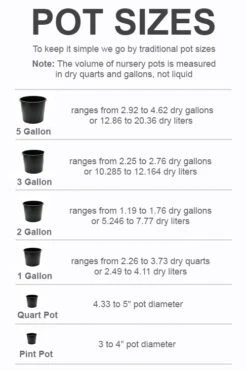
Reviews
There are no reviews yet.